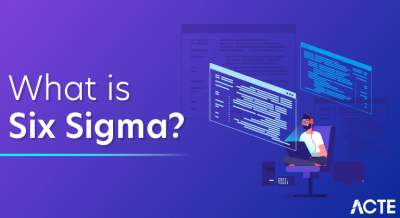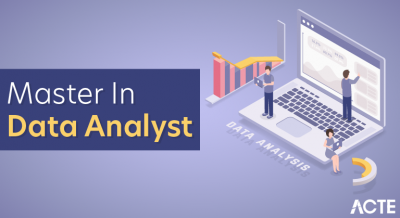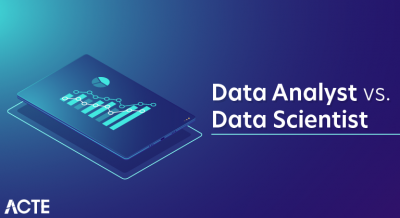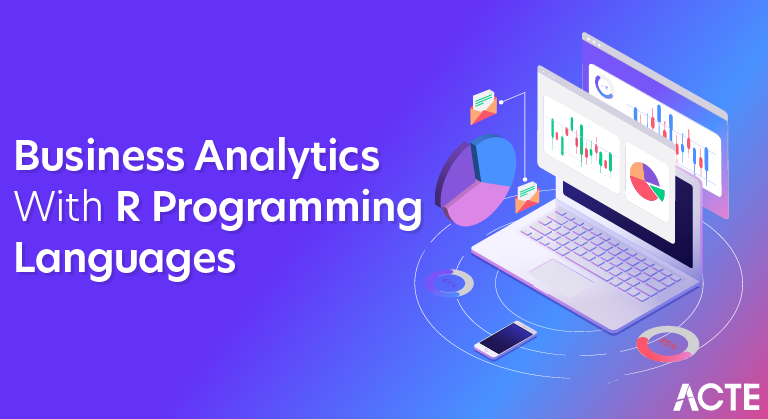
Quick Guide To R Programming Language For Business Analytics
What Is ‘R’ All About?
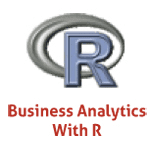
- Business Analytics With R or commonly known as ‘R Programming Language’ is an open-source programming language and a software environment designed by and for statisticians.
- It is basically used for statistical computations and high-end graphics. Thus, it is a popular language among mathematicians, statisticians, data miners, and also scientists to do data analysis.
- R is a GNU project, and is freely available under the GNU (General Public License), and R comes with pre-compiled binary versions for several operating systems ranging from Unix and similar systems (FreeBSD, Linux), Windows and also MacOS.
The Inception Of ‘R Programming Language’!
- R programming language was initially written by Ross Ihaka and Robert Gentleman at the University of Auckland, New Zealand and now it is developed by the R Development Core Team.
- R is an implementation of ‘S’ programming language which was developed by John Chambers at Bell Labs. The name ‘R’ to a certain extent is derived from the initial names of its creators – Ross Ihaka and Robert Gentleman and to some extent it is based on the ‘S’ programming language.
- Also, a large group of folks has contributed to ‘R’ by sending code and bug reports to its developers!
What Does The ‘R’ Language Do?
‘R’ is a totally programmable computer language that:
- Stores and handles data efficiently using a suite of numeric and textual operators for calculations on array and matrices.
- Consists of tools for data analysis.
- Is equipped with graphical services to provide understandable and informative data analysis.
- Consists of no-nonsense programming techniques with well-developed functions, loops, conditionals, input-output facilities.
- Consists of a LaTeX-like documentation format, which provides a broad range of documentation, both in the form of hardcopy and softcopy. This makes R easily extensible through functions and extensions, allowing developers to add to its present capabilities.
What Doesn’t ‘R’ language Do?
- R is not a database, though R programming language easily connects to DBMSs (Database Management Systems).
- R’s Language interpreter tends to be sluggish at times, though it has the facility to call its own C/C++ code.
- R doesn’t consist of any graphical user interface, though it is friendly with Java, Tcl/TK.
- R language doesn’t provide any spreadsheet view of data, though it connects to Excel/MS office easily.
Some key characteristics of Business Analytics With R:
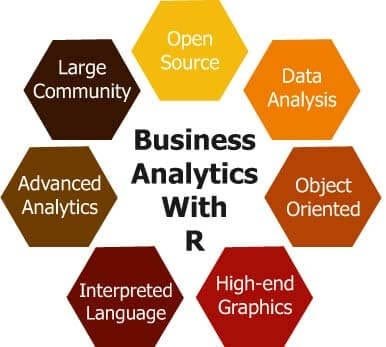
- R is a very powerful enterprise-driven programming language which has the following striking features:
1. R is an open-source software!
- Yes, R is free! It is licensed under GPL (just as Linux) and you have all the freedom to do whatever you want to do with R! You can be as creative as possible and make interesting modifications in it. R is open for integration into other systems too.
- While working on R programming language, you can access data whether it is on SAS, SPSS, SQL Server, Oracle or Excel and also integrate R in various applications and web-servers.
2. R programming is designed for Data Analysis!
- R is primarily a data analysis software that consists of a vast collection of algorithms for data retrieval, processing, analysis and high-end statistical graphics. R has the built-in universal statistical methods such as mean, median, distributions, covariance, regression, non-linear mixed effects, GLM, GAM and the list just goes on…
- The functions of R programming language can access all the areas of the analysis results and combine analytical methods to reach certain conclusions which are crucial for the organizations.
- For instance, precise information on the number of people (and their backgrounds) using a particular mobile handset can be very useful to a mobile company in leveraging its business.
3. R programming is Object-oriented!
- Yes, it’s true! As compared to other statistical languages, R programming language has strong object-oriented programming facilities. This is because R has derived from S programming language.
- Though R is proficient in developing fully object-oriented programs, it’s approach to OOP is based on generic functions instead of class hierarchies. R consists of three OOP systems S3, S4 and R5.
- These features are based on the concepts of classes and methods. It will be unfair to compare R with typical object-oriented languages like Perl, Python, Ruby and so on.
4. R is an Interpreted Computer Language!
- R is typically an interpreted computer language allowing some incredible branching, looping and modular programming using functions.
- The R distribution consists of functionality for a broad spectrum of statistical procedures such as time series analysis, classical parametric and nonparametric tests, linear and non-linear regression models, clustering, smoothing and so on.
- Also, advanced developers of R programming can write ‘C’ code to work on R objects directly.
5. R language produces high-end graphics!
- R programming as a flexible graphical environment to offer a wide variety of graphical functions for data presentations such as bar plots, pie charts, histograms, time series, dot charts, image plots, 3D surfaces, scatter plots, maps, etc.
- Using R, you can customize your graphics endlessly, and develop fresh graphics by combining different graph types and have great FUN!
6. Business Analytics with R provides Advanced Analytics!
- You can find various amazing domain-specific suites for R such as Rmetrics Project for computational finance and BioConductor for the analysis and comprehension of high-throughput genomic data.
- Apart from these suites, there are several add-on packages available for R such as CRAN (a set-up of ftp and web servers across the globe to store identical and latest versions of the code and documentation for R) and Task Views (Guides for the R functions and packages which are handy for certain methodologies and disciplines).
7. Business Analytics with R has a well-knit community!
- R programming language has a vast community of 2 million people, which is growing exponentially! R is no longer just a programming language but a culture among various programmers world across.
- Surf the internet and in a fraction of a second you will find several websites, forums, blog posts, articles on R programming language.
- For instance, we have Crantastic, a community website for R packages where you can search for, review and tag CRAN packages. If you are looking for R tweets on twitter, this is how to go about it – #rstats hashtag on Twitter.
- Thus, one thing we learnt about R programming language is that R is limitless in terms of data analysis. It has some outstanding features which can always be explored further for a powerful and flexible data computation.
- The way in which the functionality and popularity of R is growing, R programming language is going to stay for long and continue helping organizations in the complicated process of data analysis.
Programming Language like R just not helps in the technical fields, it will also be a great help in the business.
- Here, the main reason is that R is open-source, therefore it may be modified and redistributed as per the user’s need. it’s great for visualization and has way more capabilities as compared to other tools.
- For data-driven businesses, an absence of information Scientists may be a huge concern. Companies are using R programming as their core platform and also are recruiting trained R programmers.
- It is prominently called the language of statistics. this is often the most reason, why R is dominant among other programming languages for developing statistical tools.
- R Programming is employed within the financial domain to make econometric models, analyze fraudulent transactions.
- It is employed by telecom sectors for Subscriber Profiling, Churn Management, and Personalised advertising
- It is employed in computational biology to perform genomic analysis.


